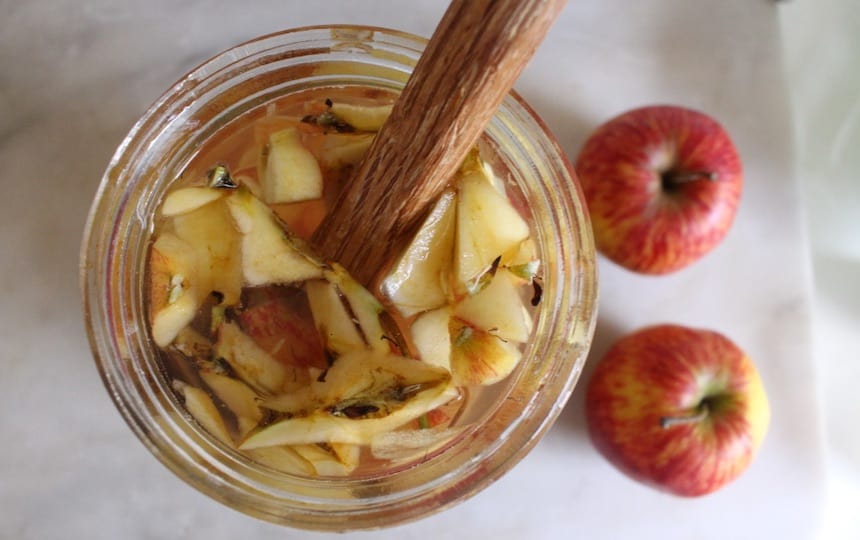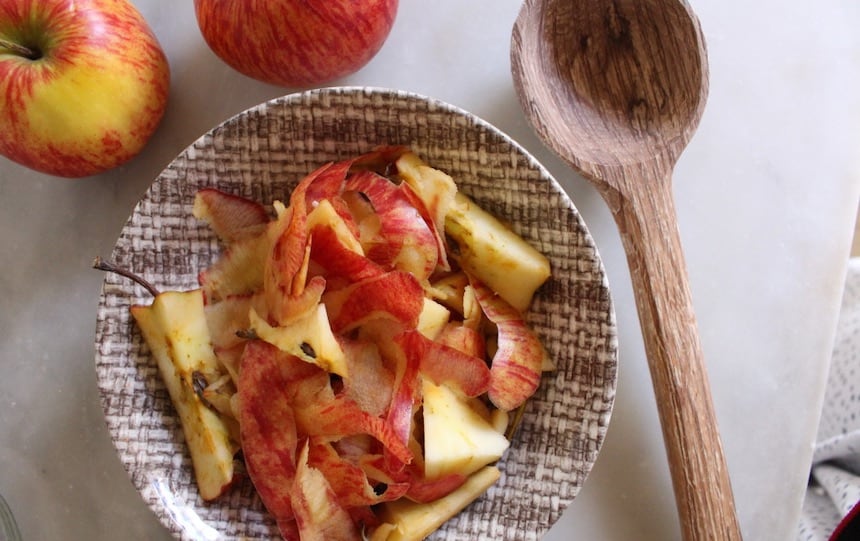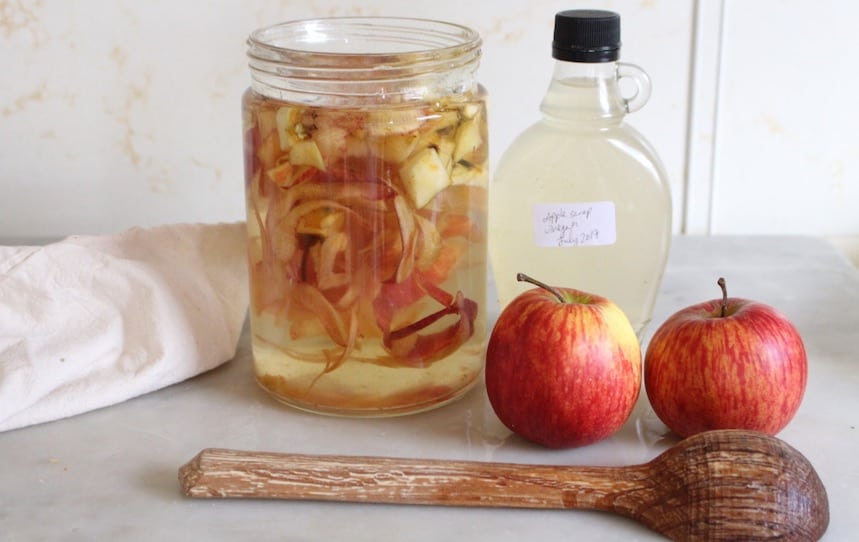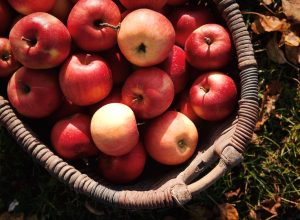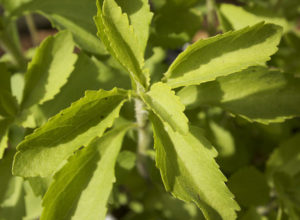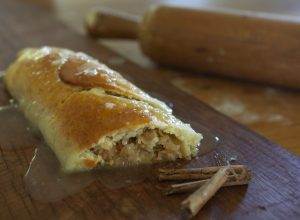Apple scrap vinegar is a wonderful thing that turns a few simple ingredients into something far greater than the sum of its parts.
Unlike apple cider vinegar, which is made of the high-value pure fermented juice from apples, apple scrap vinegar is made from little more than the waste from processing apples.
But don’t be put off by it’s “scrappy” name – it tastes remarkably similar to it’s more prestigious cider-derived cousin, and can be made in bucket loads when apple eating season is on!
It’s also a great addition to home-made cleaning mixes, as well as it’s multiple culinary and medicinal uses.
Can we describe how great we think apple scrap vinegar is in words? Probably not, so you might just need to try it for yourself!
https://youtube.com/watch?v=BiQsvpCzcIQ%3Fenablejsapi%3D1%26origin%3Dhttps%3A%252F%252Fpipmagazine.com.au
Apple Scrap Vinegar Recipe
Firstly, a note on apples: not all apples are made equal, and the flavours you get from different varieties will result in different flavoured vinegars.
In general we use whatever we have on hand, however these common eating varieties create a decent cider blend: Yates, Granny Smith and Cox’s Orange Pippin.
Ingredients:
- 2 tbsp raw sugar
- 1 tbsp boiling water
- 1 litre of soft water (rainwater or tap water that has been boiled and allowed to cool or been left uncovered for 24 hours)
- 100g organic apple scraps (peels and chopped cores – you can hoard these in a container in the fridge over a few days until you have enough to make vinegar).
Method:
Add raw sugar and boiling water to a large jar or jug that will hold a little over one litre. Stir until sugar dissolves. Add water, then apple scraps. Stir vigorously and cover loosely with muslin or calico.
Repeat stirring three to five times per day until mixture begins to bubble of its own accord and begins to smell a little alcoholic (usually takes a week or a little less). Strain out the apple scraps (they can be composted) and return to jar.
Continue stirring two to three times a day (or less, it doesn’t really matter, it will just take longer to turn into vinegar). Begin testing your brew every few days for vinegary-ness.
It will start out tasting a lot like apple cider, and become more and more sour as the acid-making bacteria colonise it.
Once it reaches a level of sourness and flavour you enjoy you can bottle it. If you’ve bottled it a little “young” the vinegar may still complete a little secondary fermentation once bottled, so it’s wise to release the lid every so often to let off any gas that may have accumulated.
Want more?
Subscribe to our Youtube channel to keep up-to-date with our weekly Self-Sufficiency Video Series.
Drop our video a “like” if you found it handy and support our work by subscribing to the magazine. You can also sign up to our free fortnightly eNewsletter for fresh tutorials, recipes and podcasts on living a resilient home-based life.Like more articles like this one? Subscribe to Pip Magazine’s print or digital editions here.

